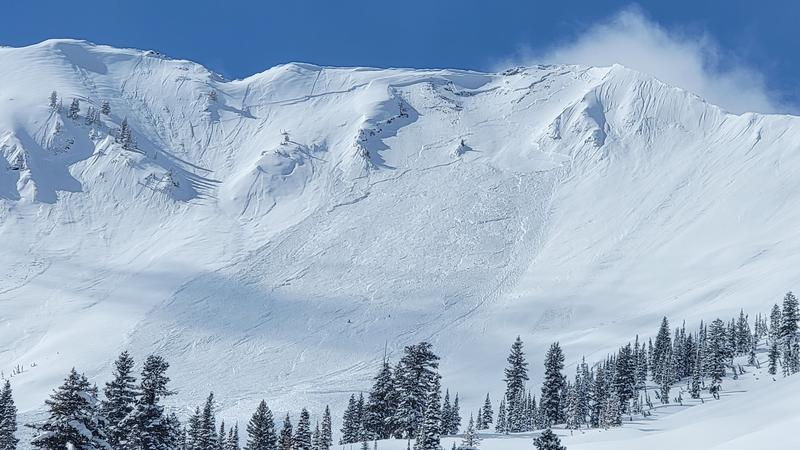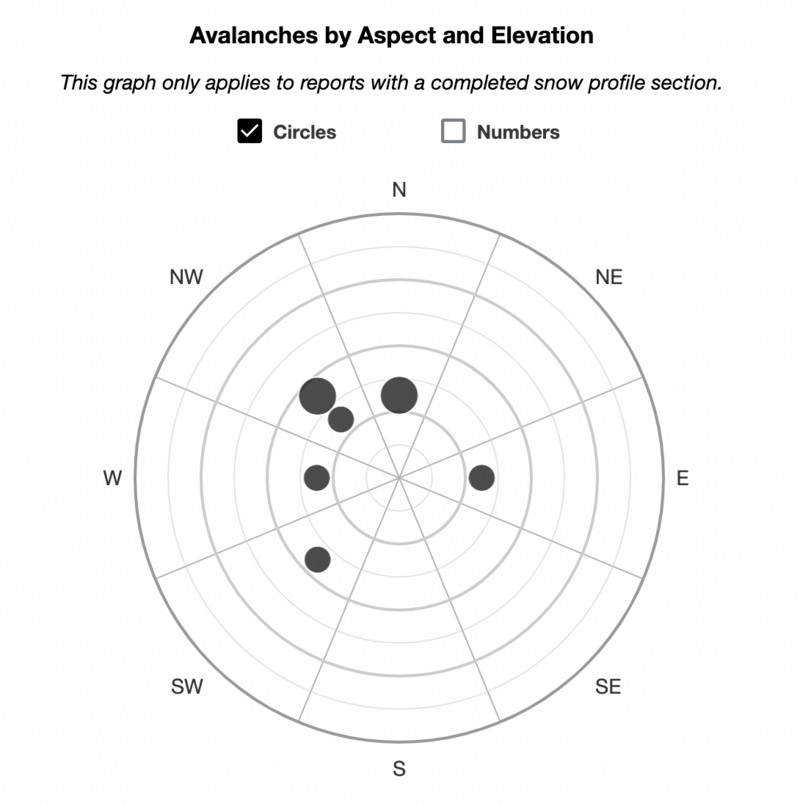Forecast for the Salt Lake Area Mountains

Issued by Nikki Champion on
Sunday morning, February 11, 2024
Sunday morning, February 11, 2024
Today, the avalanche danger remains CONSIDERABLE at the upper and mid-elevation slopes facing west through north and southeast. Deadly slab avalanches may fail in a persistent weak layer and be up to 6' deep. On all other slopes, the avalanche danger is MODERATE.
With the sun, the solar aspects may experience pinwheels, roller balls, and small sluffs as the cold snow heats up.
With the sun, the solar aspects may experience pinwheels, roller balls, and small sluffs as the cold snow heats up.
Yesterday should have served as a significant warning sign - we have a textbook setup for an avalanche accident. With clear skies, backcountry riders may be lured by the appealing riding conditions, but avalanche conditions remain dangerous. Most avalanche accidents and fatalities occur after peak instability. Avalanche terrain can be easily avoided today, as there is excellent riding on lower-angled slopes in all directions.

Low
Moderate
Considerable
High
Extreme
Learn how to read the forecast here









